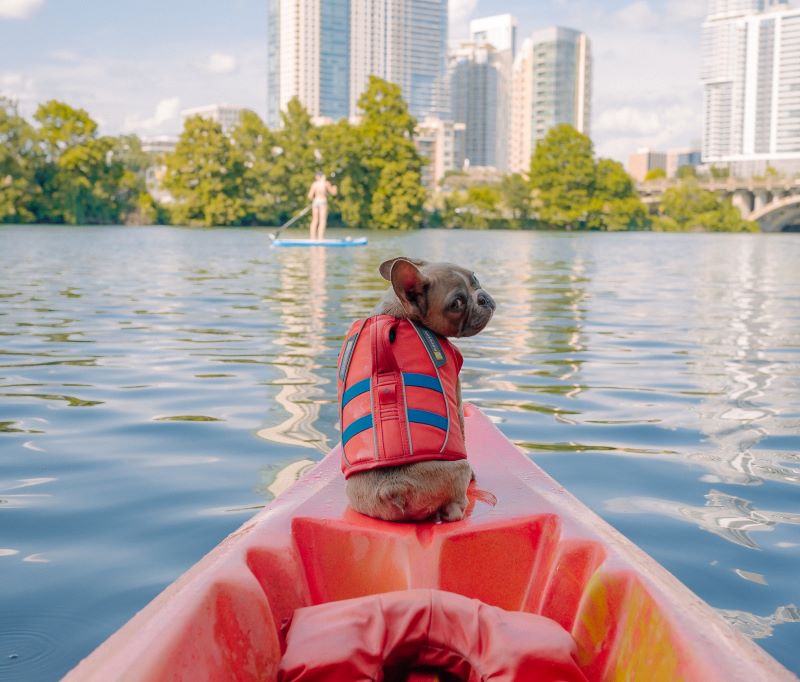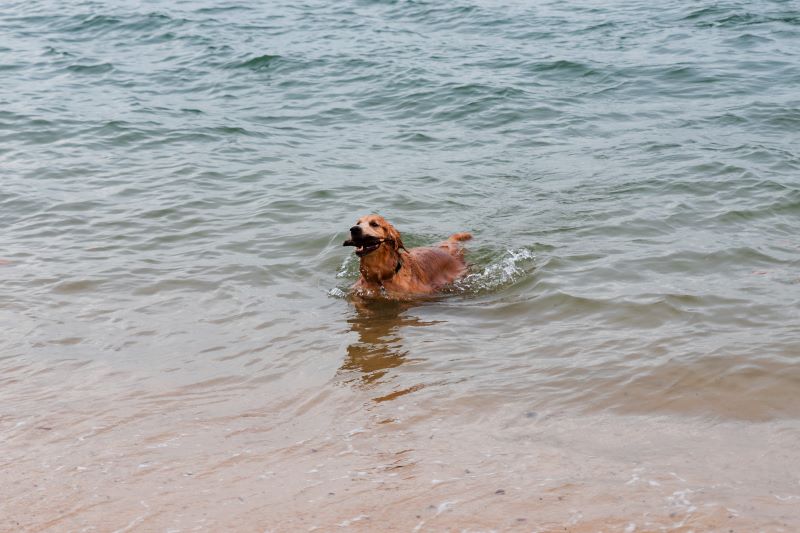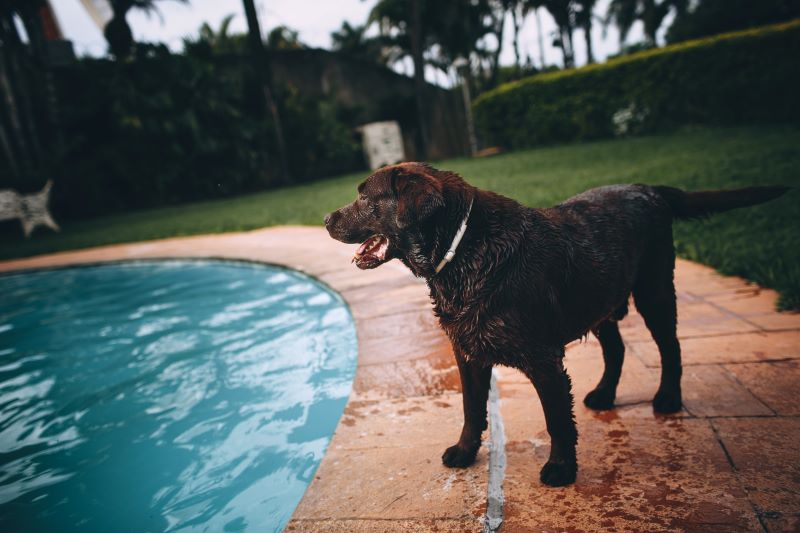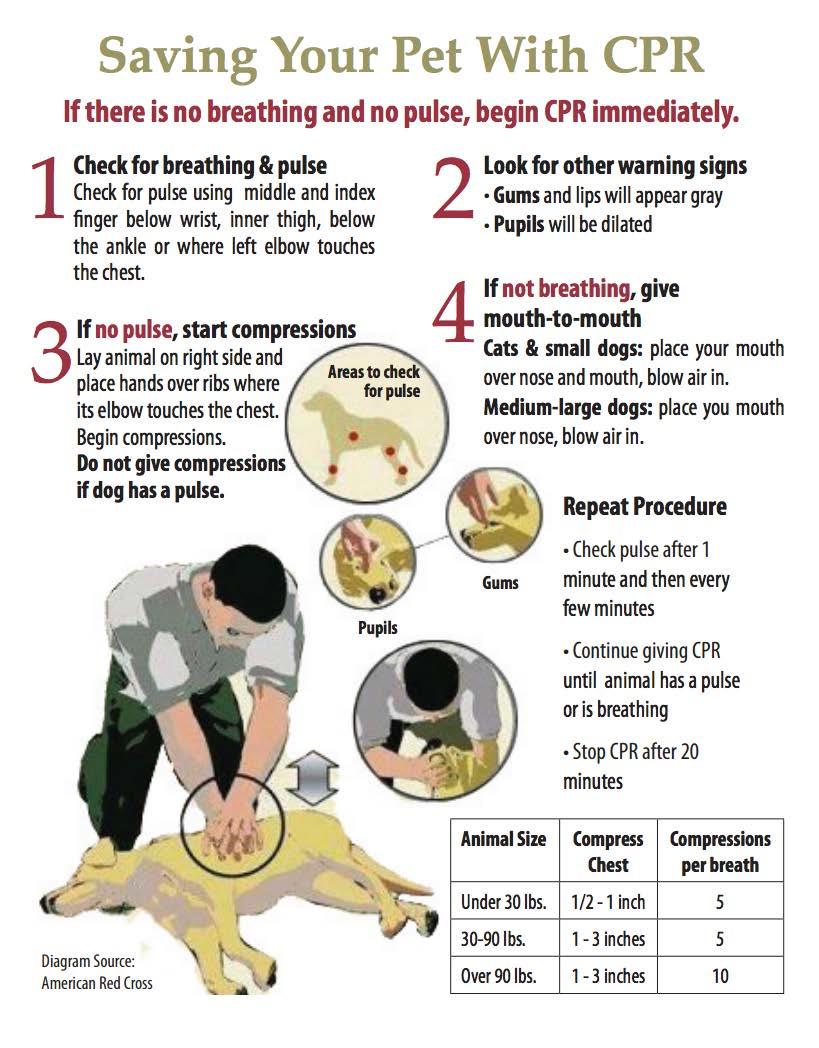Keep Your Dogs Safe Around Water!
The warm weather in Singapore may mean it’s time to spend some time together at the pool or on the water with your pups. Swimming is a great way for your pet to exercise and cool down in the heat, but while some dogs were practically born to swim, not all dogs are equipped for the water—both mentally and physically. Many people have the misconception that all dogs are born a natural swimmer but that’s where it’s wrong.
When bringing your furry companion for some fun in the water, be sure to keep their safety in mind. Whether you’re new to pet ownership or have a multi-dog household, it may be helpful to remember some safety tips the next time you’re near water. Every dog is different, and some dogs may respond differently to water.
Know Your Breeds

While some breeds such as Labradors and Golden Retrievers love the water and are better suited for water, breeds with short snouts, including pugs, English bulldogs and Boston terriers, aren’t built for swimming and will likely be better off on dry land. Naturally, their short legs in comparison to the body will make it very difficult and tiring to swim. Plus, their flat faces make breathing hard and increases the chances of water getting up to the nose. It’s worth investing in a doggy life jacket if you have a pup who isn’t suited to swimming, yet can’t resist the water. Whenever your dog is near the water, whether at home or in the great outdoors, put a canine life jacket on him.
Get Them Used To The Water
If your dog doesn't like the water, don't make him go in! It could scare him and won't be fun for him at all! However, you can get them comfortable by slowly introducing them to the water and teach them the basics:
- Choose a quiet, shallow spot in the water.
- Keep your dog on a leash while they learn.
- Get into the water with them.
- Start at the edge of the water, and stay as long as they enjoy it.
- If they don't want to go, don’t force them in -- especially if it’s a deep spot.
- When your dog begins to paddle with their front legs, lift their hind legs to show them how to float.
It is also better to get them used to the water when they’re younger. Keep the lesson positive and stress-free for them.
At The Beach

Bringing your dog to the beach makes for an exciting and fun beach day experience. But the very things that make the beach so pleasant—the water, sun and sand—could also prove harmful to your pet. Therefore, when you’re at the beach, keep in mind:
- Keep Them Cool to Avoid Heatstroke. Avoid the beach at the hottest parts of the day, and always provide your pup with plenty of access to shade and fresh, cool water
- Always keep an eye on them. Never turn your back on the ocean.
- Check the currents before allowing them to enter the water.
- Keep them safe in the water. Consider putting even good swimmers in a life jacket. Currents may change unexpectedly.
For Those Who Live Near the Water

If you have a pool or pond in your house, pet water safety is particularly important. Follow these tips to prevent accidents and injuries.
- Build a fence around your pool. Fences keep pets and children from falling into the water when the pool is not in use.
- Remember to put on a life jacket for them if they are playing around the pool.
- Never leave them unattended.
- Keep a bowl of drinking water by your pool, and bring a supply of fresh water when you visit the beach or lake. Drinking chlorinated water or lake, river or ocean water can make your pet sick.
- Consider buying a pet water ramp for your pool. These plastic ramps allow pets to easily enter and exit the water.
- Give your pet a bath after swimming. Bathing removes chlorine that can irritate the skin and bacteria from lakes, rivers and the ocean that can make your pet sick if licked.
Brush Up On Your Doggie CPR
While hopefully you'll never need to know how to perform CPR on your dog, it's an important skill to know, just in case. Here’s a chart for you to refer to:

Credit: https://www.petguide.com/health/dog/lifesaving-steps-on-how-to-perform-dog-cpr/
There are many available resources and information on the Internet to learn from!
General Safety Rules
- No matter where your pooch makes a splash, follow these pointers:
- Rinse them off after they have been in any type of water. Seawater minerals, salt, chlorine, algae, and pollution can irritate or damage their skin and fur.
- Always dry your dog’s ears completely to prevent an infection. Try an ear cleaner that has a drying agent in it.
- Learn canine CPR. Mouth-to-nose resuscitation and chest compressions could save a dog’s life in an emergency.
- Never leave your buddy alone in the water.



